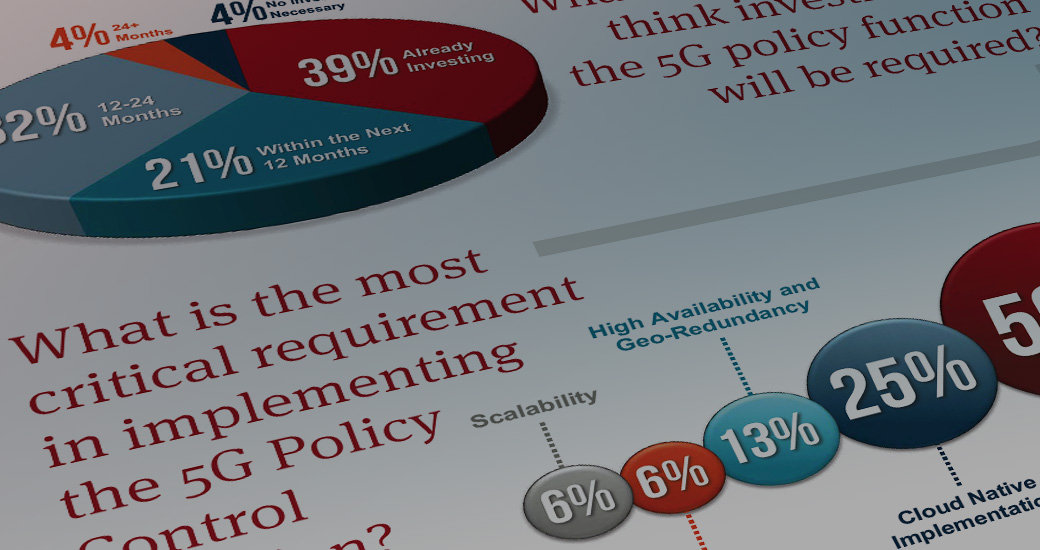At our recent webinar, “NoSQL vs. NewSQL: Evaluating Database Technologies for 2019”, we received a number of questions from attendees about Volt Active Data’s capabilities and architecture. From orchestrating Volt Active Data with Kubernetes, to comparing Volt Active Data to TimeScaleDB, here’s a recap on the key questions asked during the webinar.
For those who missed the webinar, you may view it on demand.
Editor’s Note: Unless otherwise noted, the question is coming from a webinar attendee via our chat functionality during the session. Answers were provided by Volt Active Data’s Chai Bhat and Madhup Mishra. These answers have been edited for clarity and grammar.
Must Read: 5g edge telco solutions
Q: Can Volt Active Data run analytical queries?
Yes. Volt Active Data has what they call HTAP. It’s a hybrid transactional, analytical processing operational database so you can actually run analytical queries. In addition to your traditional OLTP, you can do all that queries as well. Good question though.
Q: Is Volt Active Data available on AWS?
Yes. Volt Active Data is available on Amazon Web Services. We are in the AWS Marketplace so you can download it there use us. Also, if you’re on the Google Cloud or on Azure, we have a container Docker image that you can use to deploy in those clouds as well, so we’re cloud agnostic. You could pretty much deploy us on any public cloud or even a private cloud for that matter.
Q: Is Volt Active Data certified on OpenShift?
Thank you, that’s a good question. So Red Hat has the OpenShift platform. We know of customers that do use us in that capacity. However, we haven’t officially passed the certification for that yet. We also have a Kubernetes-based implementation that we launched that is available for you guys to use, to deploy us at scale. It allows you to spin up a Volt Active Data cloud using Kubernetes and manage it over time.
Q: Can I orchestrate Volt Active Data using Kubernetes?
Yes, you absolutely can. Traditionally, Volt Active Data being a stateful database and Kubernetes being designed on web apps – which are dynamic – it was a tough problem to solve. But yes, now Volt Active Data can be orchestrated with Kubernetes.
Q: How does this scale horizontally and across datacenters?
Yes. So Volt Active Data does partitioning. Basically, what it lets you do, as I showed in that benchmark, is that you can actually queue; you can use multiple CPUs within a server, or across servers, to take advantage of our partitioning. So basically, commands are queued by partition and they are executed by each CPU across partitions, so each command is executed individually in each participation. And each partition maintains strong active semantics and we can replicate, not just across servers, but also across different clusters and different geographies as well. So, we have active-active disaster recovery that goes across different regions even; so, if you have a data center in Europe, you will have replicas in Europe along with your data center in the US. If the US data center goes down, you can keep running in production because you have a replica on a data center in Europe.
Q: Are there any administrative tools to manage Volt Active Data?
Yes. There are lots of tools. We encourage you to Google us. Go to Volt Active Data University and Volt Active Data. All the documentation is online so feel free to check us out. We do provide a Volt Active Data management console for those of you who are not CLI (Command Line Interface) people to take a look at the [pace] and speed and how the clusters are doing and what the configuration is. We can also be run through our SQL command operator so you can manage us via CLI as well.
Q: How straightforward is the data migration from other databases?
Excellent question, right? I have yet to meet a database company that has a smooth answer to that question. So ultimately, it comes down to how well you understand your application and what it’s written in. There are certainly tools available for you to move things over to Volt Active Data considering we’re SQL-based. However, because we are NewSQL and we have a partition core-based architecture, there are nuances in how your application will get charted across lots of different servers. So, as long as you understand what you’re doing, it’s something that you can get done fairly easily. We also have services and support that we offer helping customers who need some help and support along the way.
Q: How do you compare Volt Active Data to TimescaleDB?
So TimescaleDB is one of many time-series database options that are fairly popular these days. Time series is a subcategory of NoSQL which is what Chai Bhat discussed earlier on. You can manage time series within Volt Active Data because Volt Active Data does support time series capability. However, we’re not simply a time-series-based database like TimescaleDB.





